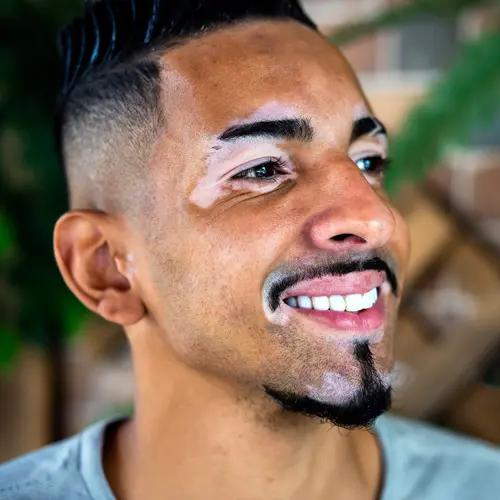Most minor cuts and scrapes heal on their own, with little more intervention needed than mild soap and water to keep them clean. But more serious cuts or incisions from surgical procedures may require stitches, or sutures, to hold tissues together while they heal. The goal is to piece together the edges so that skin and other tissues can fuse back together. Then the stitches are removed.
Although it's natural to feel a little anxious if you're getting stitches, especially if you've just experienced trauma, the procedure is generally painless. And stitches will help cuts heal with minimal scarring or risk for infection.
Signs a Cut May Need Stitches
It's not always easy to tell if a cut requires stitches. Ultimately, it's up to your health care provider to determine if stitches are needed. You should seek medical care for any cut that:
- Is deep, jagged, or gaping
- Is on the face or another part of the body where scarring may be an issue
- Bleeds profusely without stopping after 20 minutes of direct pressure
- Feels numb
- Is in a hand or limb that doesn't function properly after being cut
If any of these criteria apply to your injury, see a doctor as soon as you can. In the meantime, apply direct pressure to help control bleeding. It might also help to raise the injured area above the level of your heart, if possible.
There are certain instances in which stitches may not be advised, such as puncture wounds, though you may still need to see a doctor, especially if you have not had a tetanus shot in more than five years.
The Procedure
Once a health care provider has assessed your injury and determined that you need stitches, the first steps they will take in treating the wound are to clean and numb the area, though not necessarily in that order. Although cleaning a wound is not very painful in most cases, the doctor may first administer a local anesthetic, similar to what your dentist might use, to maximize your comfort. If your injury seems particularly contaminated, however, cleansing it -- usually with running tap water and a mild soap -- may be a higher priority.
Once the area is numb, the doctor will take a closer look to make sure there’s no dirt, debris, or other foreign objects inside the cut before sewing it together. An X-ray may also be ordered to help look for remaining debris. If you cut yourself on a piece of glass or sharp metal, for instance, it’s crucial to ensure that there are no remaining shards inside the cut.
The doctor may remove any dead tissues to help the healing process. They will then pull the edges of the cut together and, for each stitch, loop thread through either side of the cut and tie a knot to hold the wound closed.
Doctors can use different types of surgical thread made from materials such as silk or nylon, which may be in single filaments or braided. There's even surgical thread that is designed to dissolve over time so that the stitches don’t need to be removed. These are used most frequently in deep cuts.
Caring for Stitches
The doctor or nurse will give you instructions for caring for your stitches as your cut heals. These may include specific steps for cleaning and dressing the wound. You may be advised to keep the wound and bandages dry for the first 24 hours.
Your doctor may also recommend an antibiotic ointment to help prevent infection and make you aware of signs that may indicate infection. Keep an eye out for such signs, including a fever higher than 100 degrees or red streaks on the skin near the wound. And if any of your stitches pop or break, or you have any other concerns, be sure to contact your doctor.
Removal of Stitches
Stitches typically need to remain in place for several days to a couple of weeks, depending on the severity of the cut and location. Your doctor will tell you when to come back to have them taken out. Removing stitches is a much faster process than putting them in. The doctor simply clips each thread near the knot and pulls them out. You may feel a slight tugging sensation, but the removal of stitches shouldn't hurt at all. You won't even need an anesthetic.
Although removing stitches is not a difficult process, you shouldn't try to remove them yourself. It's important for your doctor to check to see that the wound is healing properly and to make sure that it's OK for the stitches to come out. The doctor may also have special instructions for you after the stitches are removed, which may help minimize scarring.
Other Options
Stitches aren't the only option doctors have to close cuts and incisions. Cuts sometimes can be held together with butterfly tape or adhesive strips, which you may be able to do yourself at home for more minor cuts. There are even special staples or tissue glue, but those tend to work best with clean, straight incisions, such as in surgical procedures.
There are different criteria and care instructions for each type of closure. Your health care provider can help decide which is best for you and tell you how to care for your injury as it heals.

